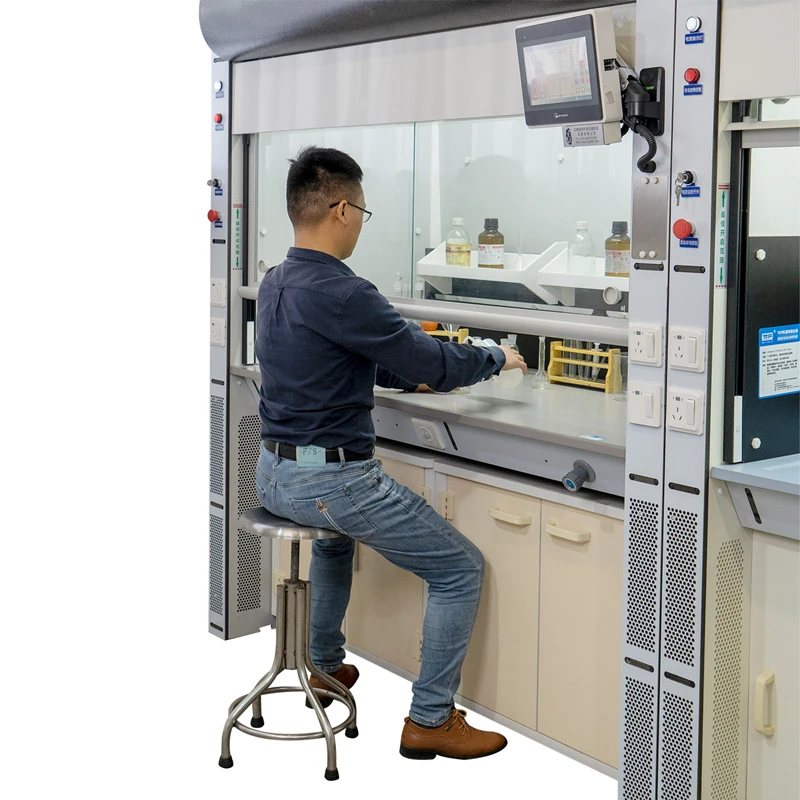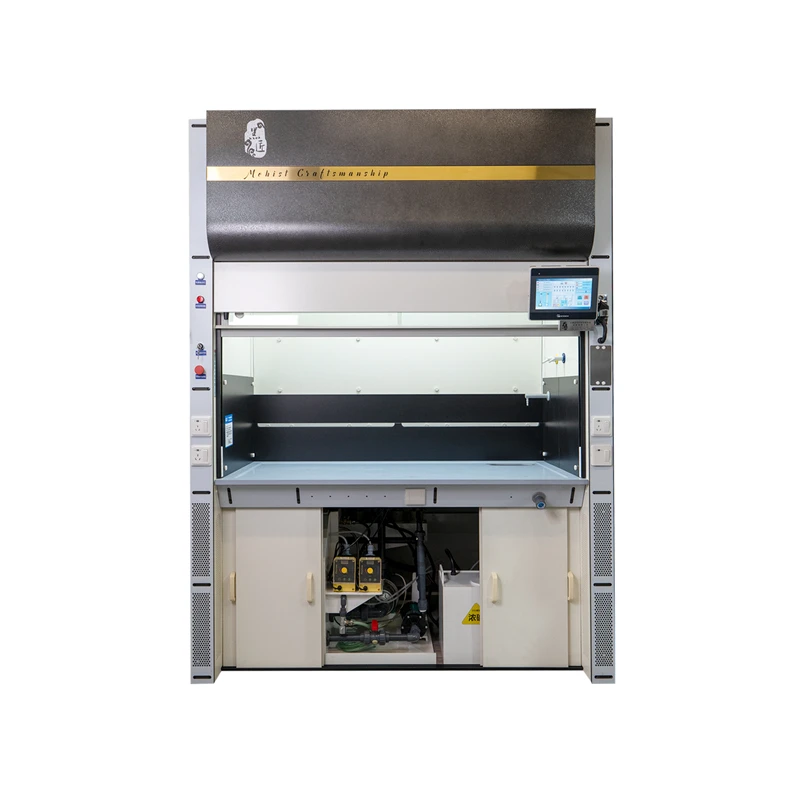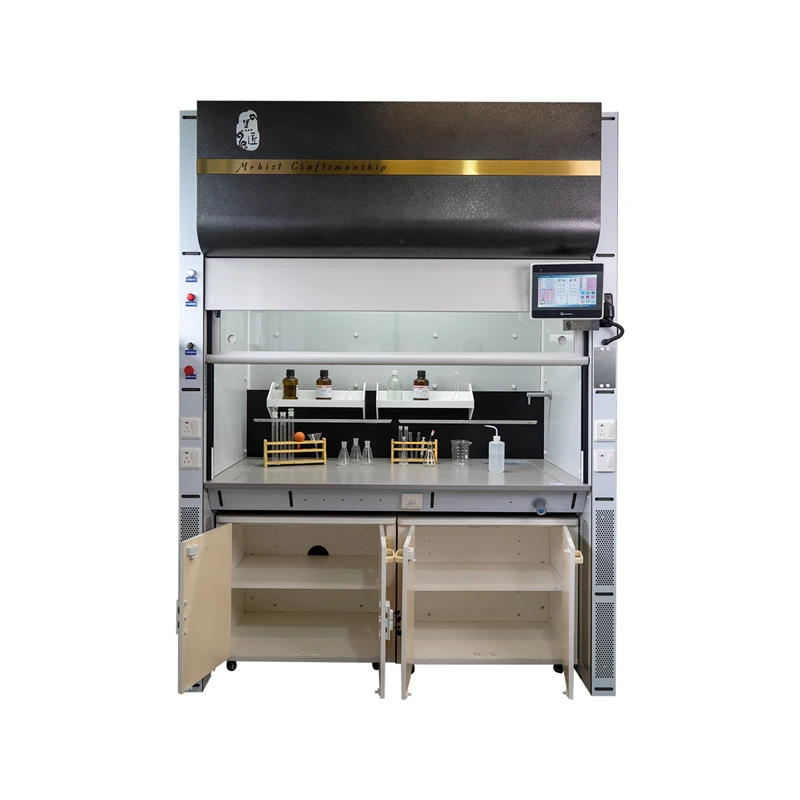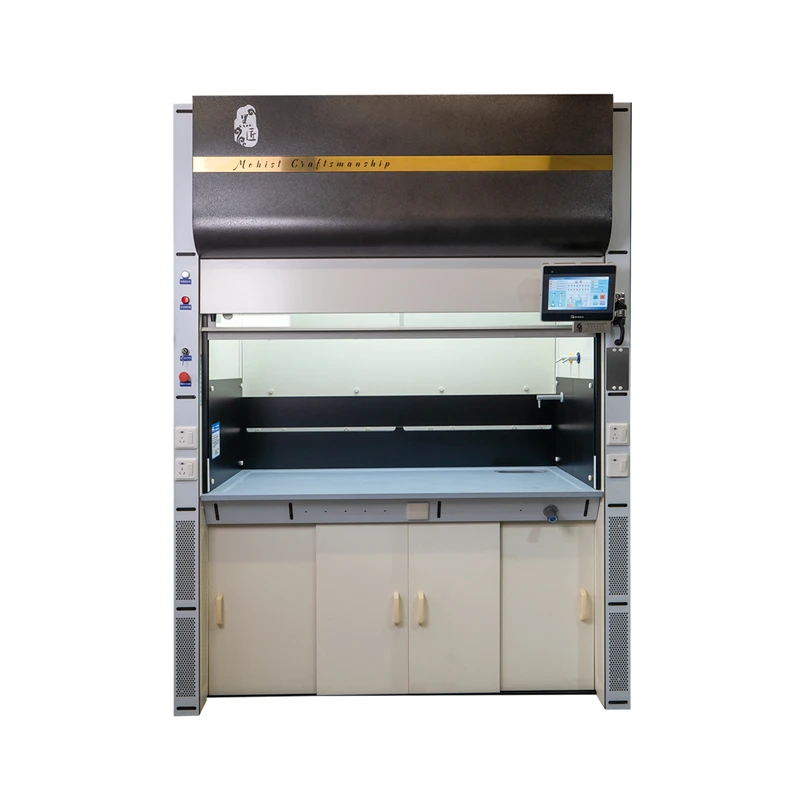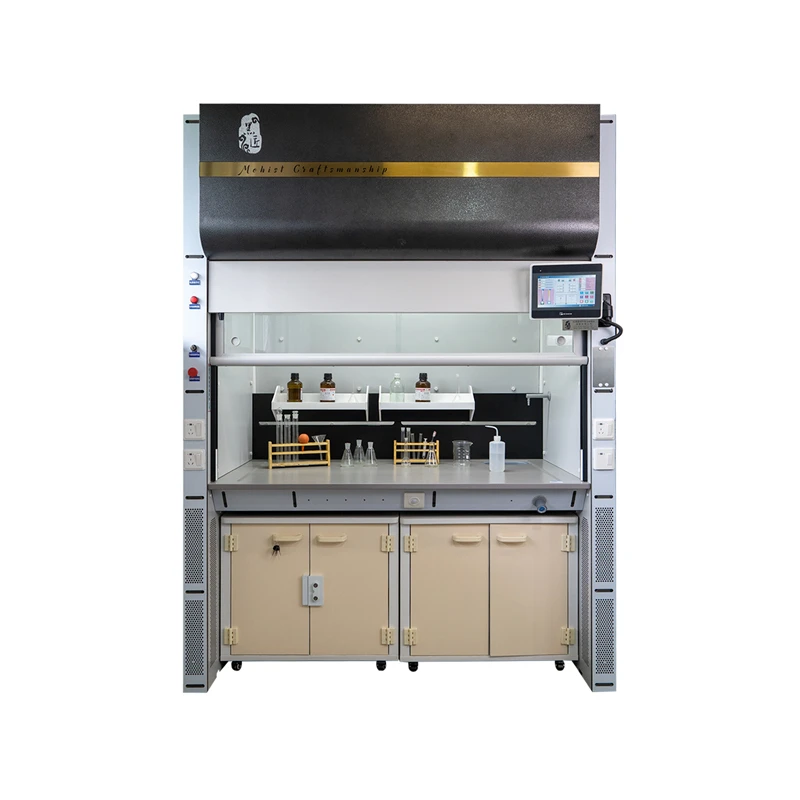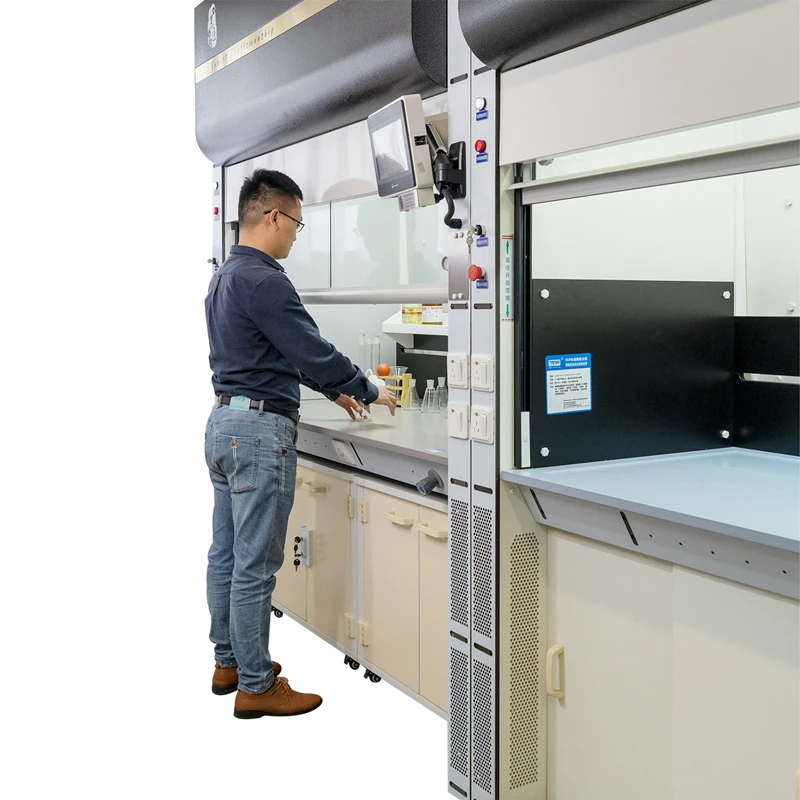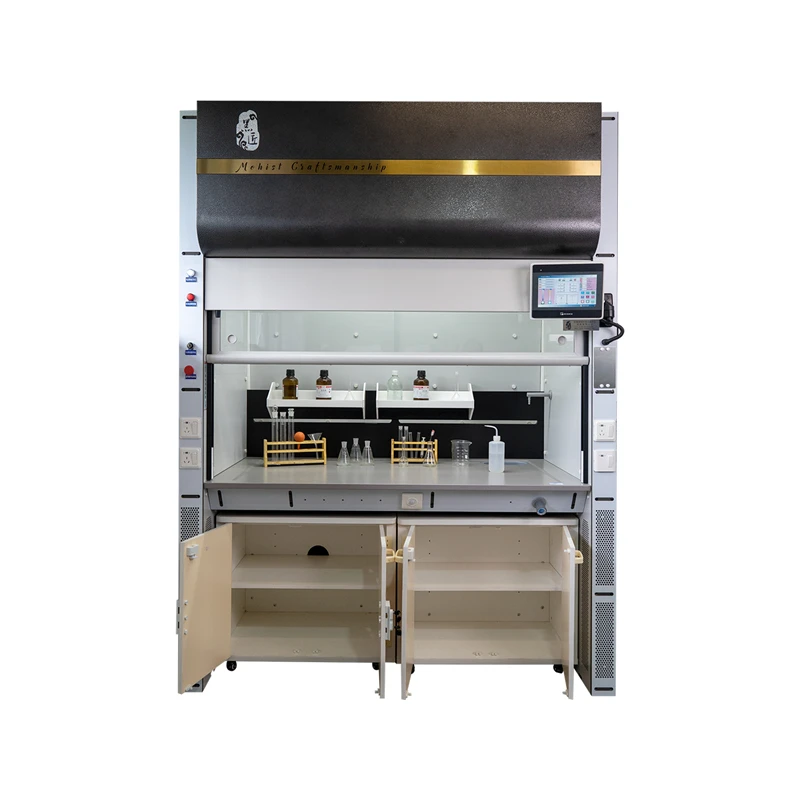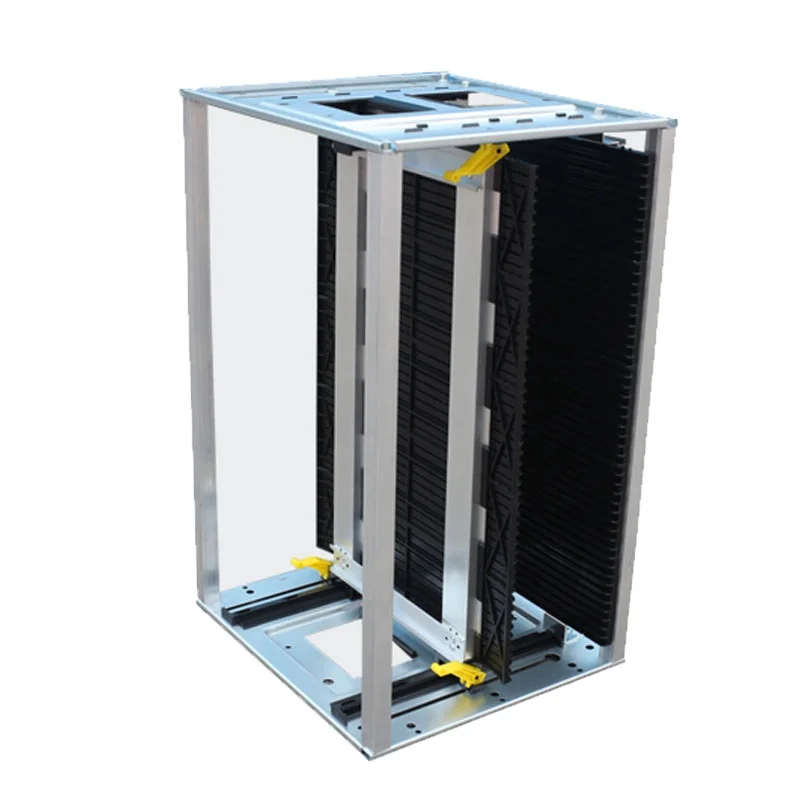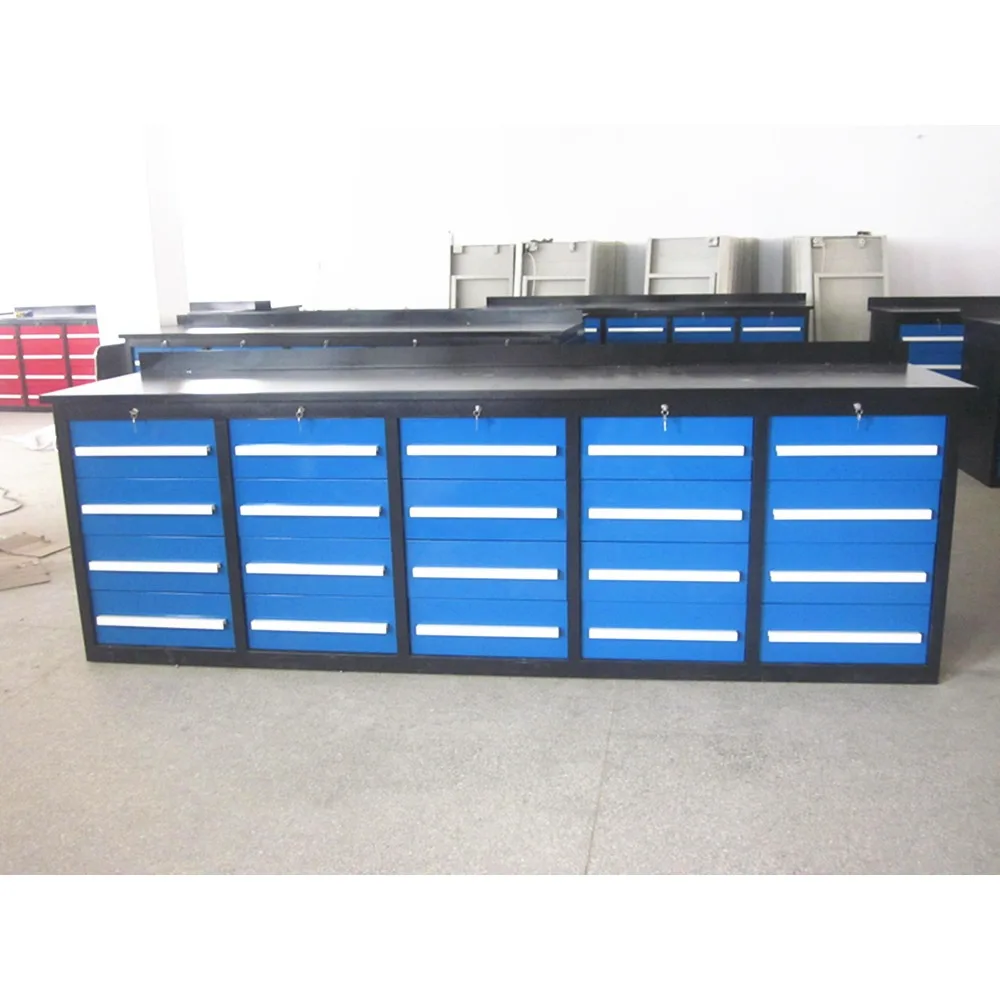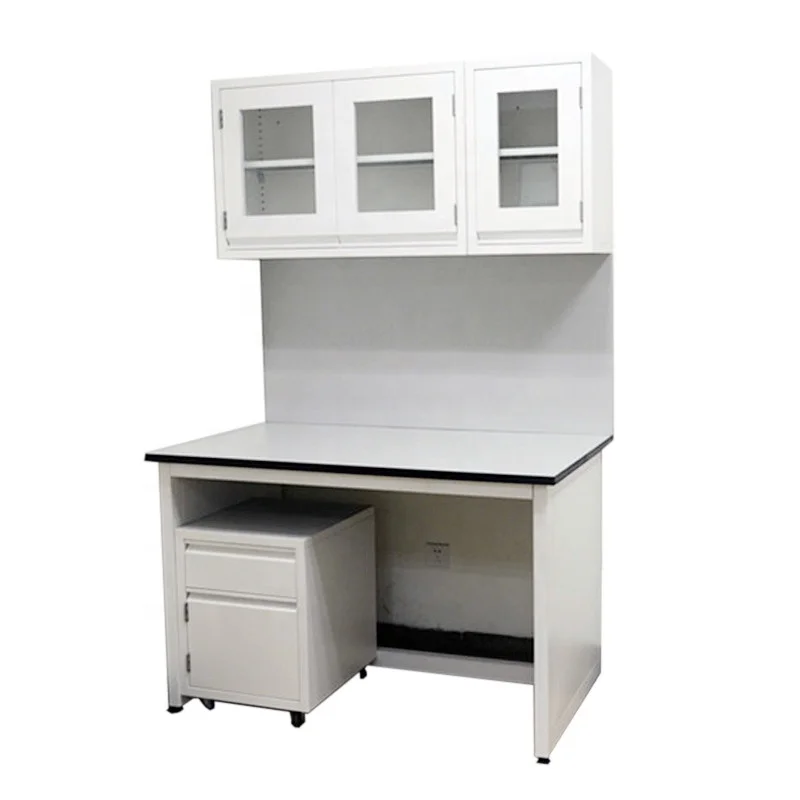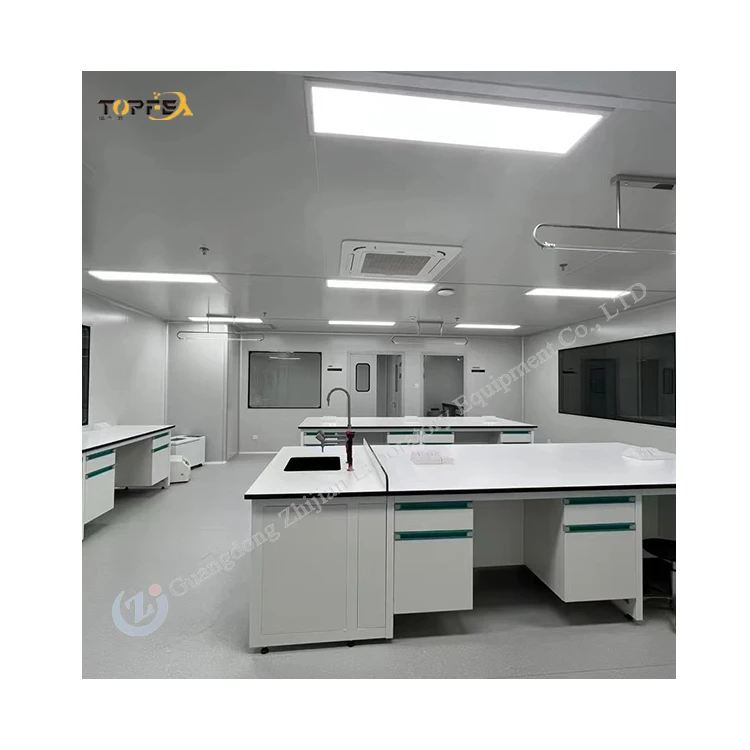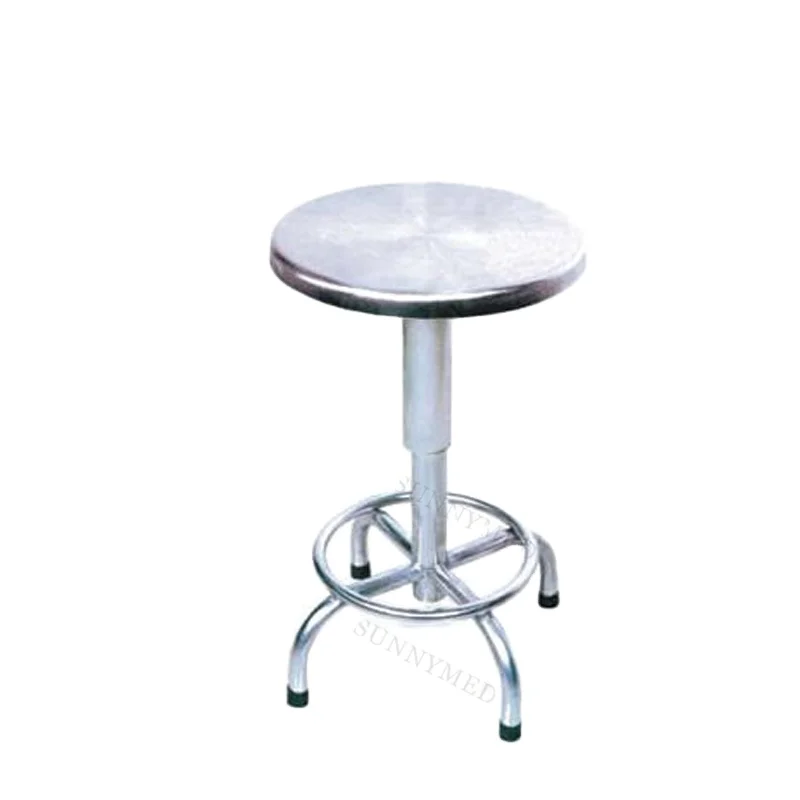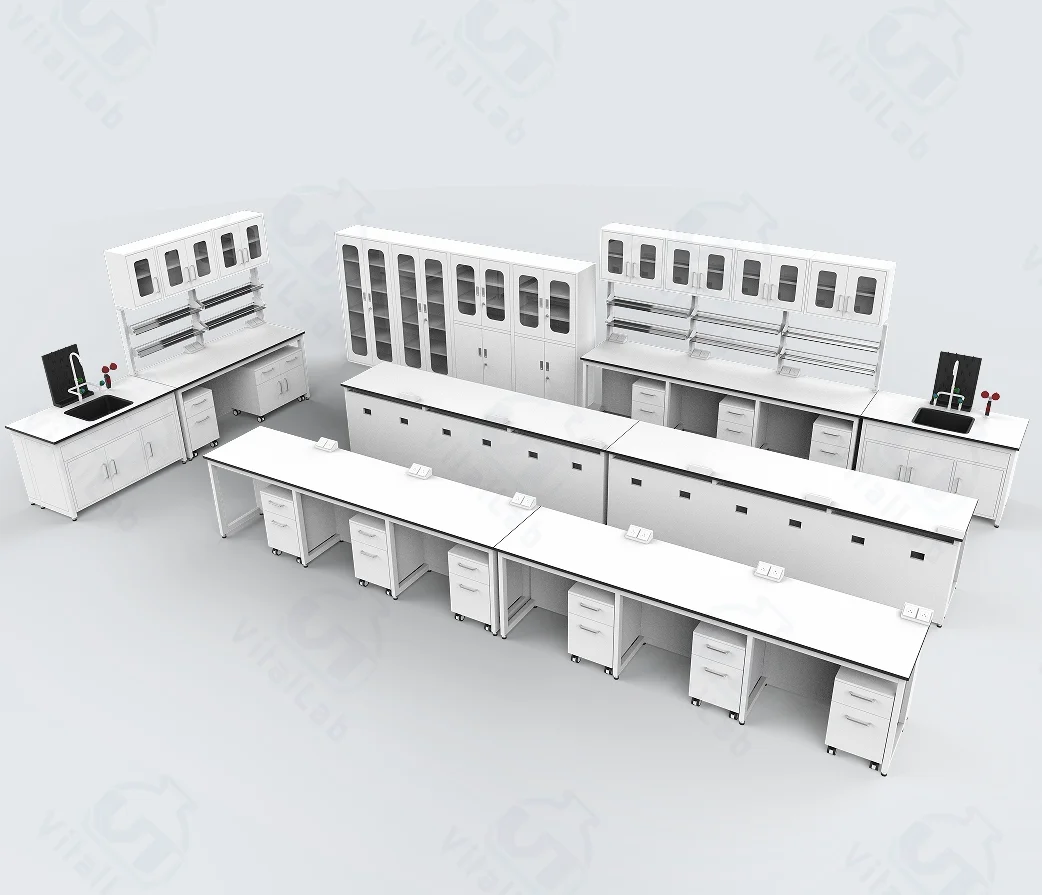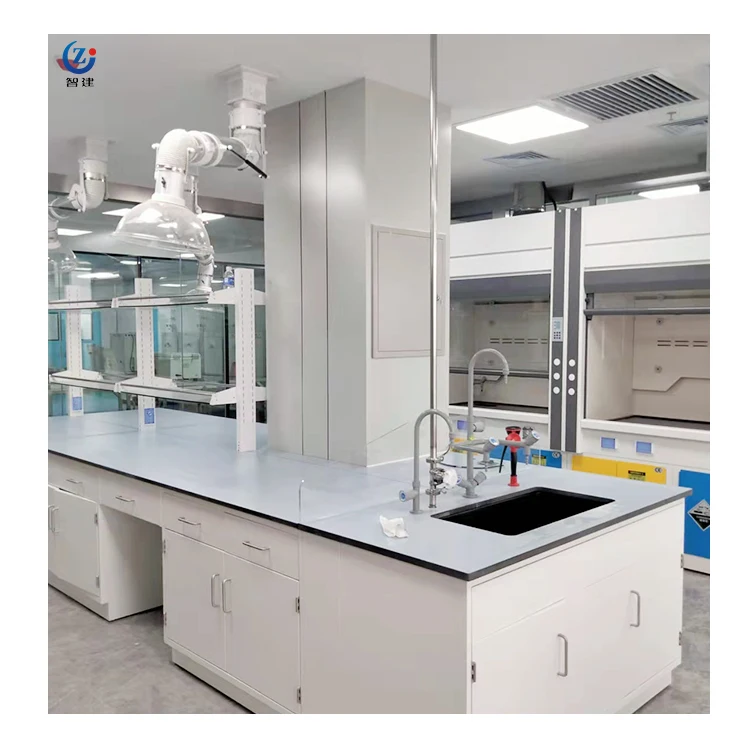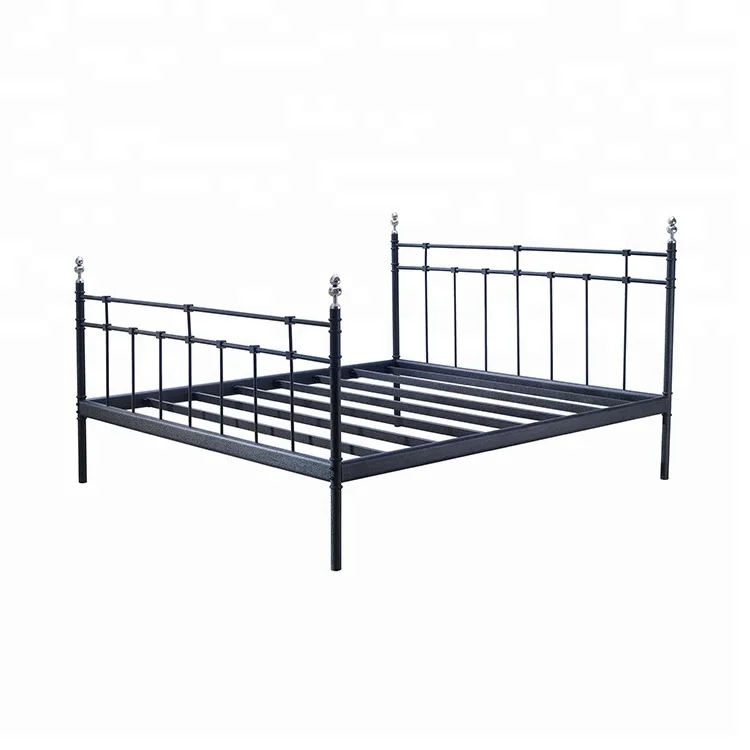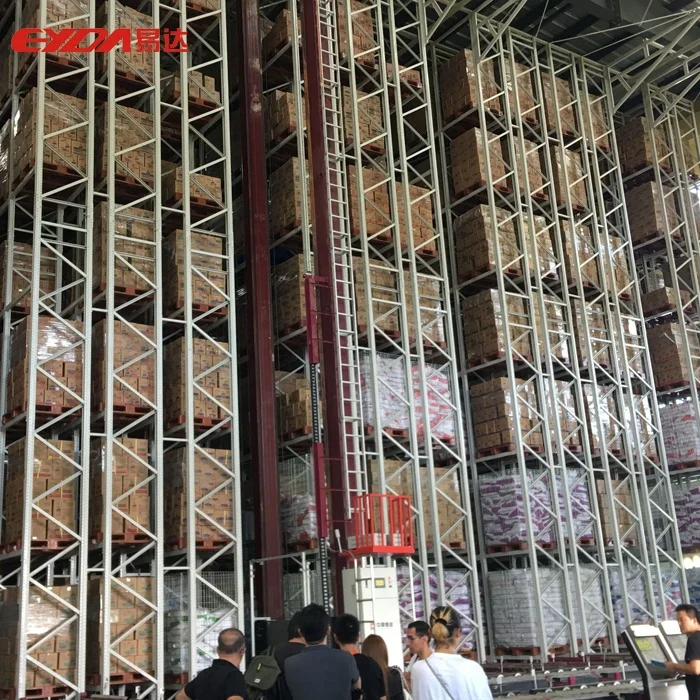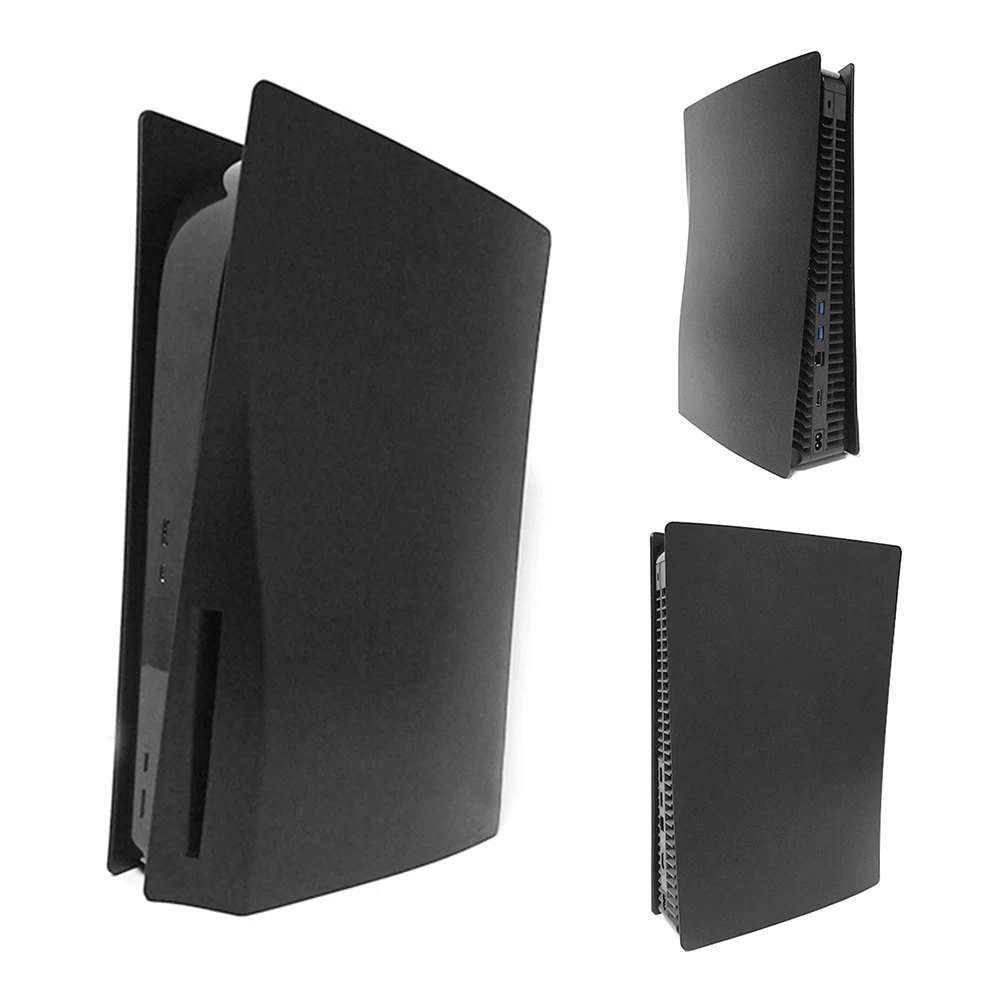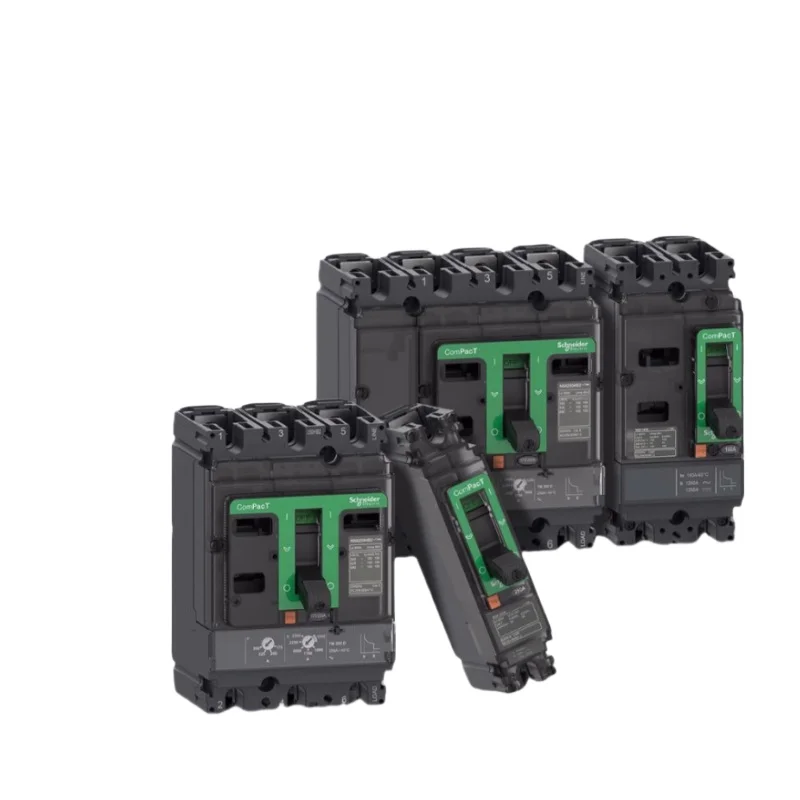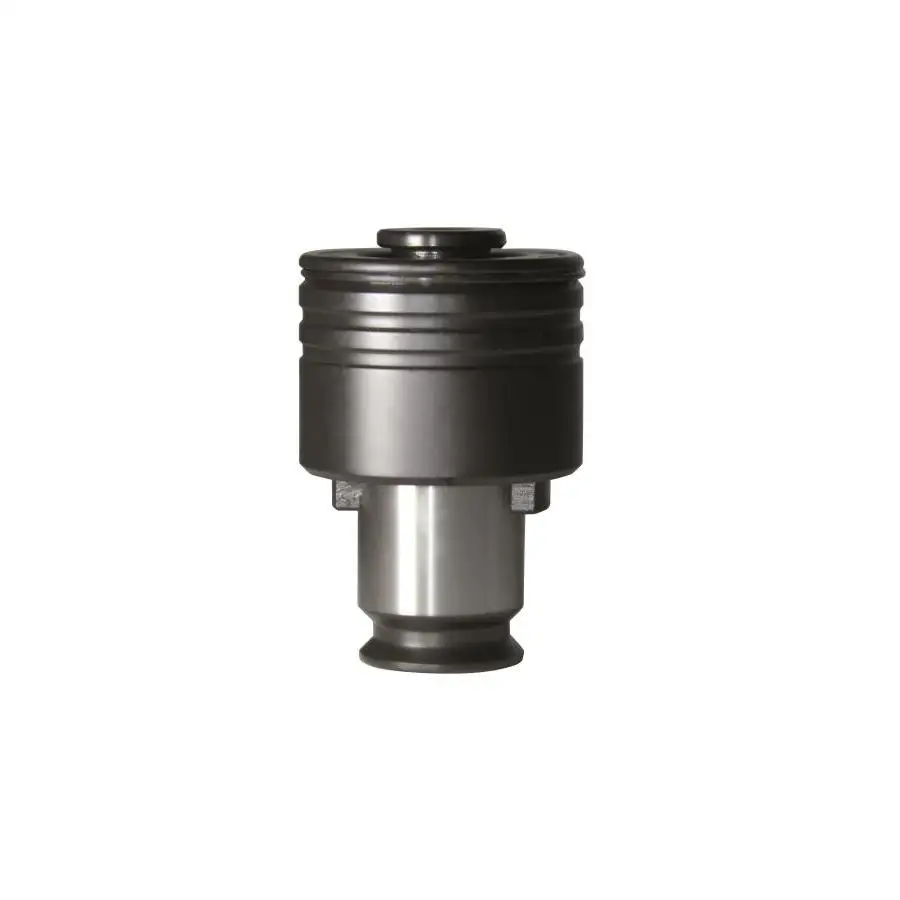60 дюймовая полностью стальная Вертикальная створчатая фармацевтическая лабораторная вентиляционная система школьная мебель
- Категория: >>>
- Поставщик: Chengdu Ample Import And Export Co. Ltd.
Сохранить в закладки 1601166374048:
Описание и отзывы
Характеристики
A fume hood is a ventilated, enclosed workspace intended to capture, contain and exhaust harmful or dangerous chemical fumes, vapors and particulate matter generated by procedures conducted within the hood. No HEPA filtration of either the intake or exhaust air takes place. The air is exhausted outside the laboratory. This makes a fume hood most suitable for chemical use and other work where sterility is not a concern. Fume hoods should be utilized for hazardous drug or chemical preparation and use with waste anesthetic gases such as isoflurane.
A Laminar Flow Hood (LFH), is not a biological safety cabinet. These devices do not provide any protection to the worker. They are designed to provide a sterile environment to protect the product. Air potentially contaminated with infectious agents may be blown towards the worker. LFHs should only be used for work with non-infectious materials such as media preparation. They should never be used with potentially infectious materials, toxins, volatile chemicals, or materials that may cause hypersensitivity to the worker such as animal dander.
A Biological Safety Cabinet (BSC) is a valuable supplement to good sterile technique and a necessary containment device when working with potentially infectious materials. All BSCs use high efficiency particulate air (HEPA) filters to treat intake and exhaust air. These filtered cabinets are primarily designed to protect against exposure to particulates or aerosols. 70% of the air in most BSCs is recirculated back into the lab through its exhaust HEPA filter. This purifies the air of potentially infectious aerosols and animal dander or bedding but does not reduce exposure to chemicals or gases including waste anesthetic gases such as isoflurane.
| Model Parameters | YT-1500A | YT-1500B | YT-1500C | YT-1800A | YT-1800B | YT-1800C |
| Size (mm) | 1500(W)*865(D)*2400(H) | 1800(W)*1205(D)*2400(H) | ||||
| Worktop Size (mm) | 1260(W1)*795(D1)*1100(H1) | 1560(W1)*795(D1)*1100(H1) | ||||
| Worktop | 20+6mm Ceramic | 20+6mm Ceramic | 12.7mm Solid Physiochemical Board | 20+6mm Ceramic | 20+6mm Ceramic | 12.7mm Solid Physiochemical Board |
| Liner | 5mm Ceramic Fibre | 5mm Compact Laminate | 5mm Compact Laminate | 5mm Ceramic Fibre | 5mm Compact Laminate | 5mm Compact Laminate |
| Diversion Structure | Back Absorption | |||||
| Control System | Touch-Tone Control Panel (LED Screen) | |||||
| Input Power | 220V/32A | |||||
| Fan Power | Less than 2.8 A | |||||
| Socket Max. Load | 5KW | |||||
| Faucet | 1 Set | |||||
| Drainage Mode | Natural Fall | |||||
| Storage | Double-Lock, Corrosion-Resistant, Damp-proof, Multi-layer Solid Wood with Mobile Wheel | |||||
| Application | Indoor No-blast, 0-40 ºC | |||||
| Application Field | Organic Chemical Experiment | |||||
| Face Velocity Control | Manual Control | |||||
| Average Face Velocity | 0.3-0.5 m/s Exhaust: 720-1200m³/h | 0.3-0.5 m/s Exhaust:900- 1490m³/h | ||||
| Face Velocity Deviation | Less than 10% | |||||
| Average Illumination | Less than 500 Lux | |||||
| Noise | Within 55 dB | |||||
| Exhaust Air | No Residue | |||||
| Safety Test | In Accord with International Standard | |||||
| Resistance | Less than 70Pa | |||||
| Add Air Function | Distinctive Structure (Need Exclusive Add Air System) | |||||
| Air Flow Control Valve | Dia. 250mm Flange Type Anti-Corrosion Control Valve | Dia. 315mm Flange Type Anti-Corrosion Control Valve | ||||




Hoods should be evaluated by the user before each use to ensure adequate face velocities and the absence of excessive turbulence.
In case of exhaust system failure while using a hood, shut off all services and accessories and lower the sash completely. Leave the area immediately.
Fume hoods should be certified, at least annually, to ensure they are operating safely. Typical tests include face velocity measurements, smoke tests and tracer gas containment. Tracer gas containment tests are especially crucial, as studies have shown that face velocity is not a good predictor of fume hood leakage.
Laboratory fume hoods are one of the most important used and abused hazard control devices. We should understand that the combined use of safety glasses, protective gloves, laboratory smocks, good safety practices, and laboratory fume hoods are very important elements in protecting us from a potentially hazardous exposure.
Laboratory fume hoods only protect users when they are used properly and are working correctly. A fume hood is designed to protect the user and room occupants from exposure to vapors, aerosols, toxic materials, odorous, and other harmful substances. A secondary purpose is to serve as a protective shield when working with potentially explosive or highly reactive materials. This is accomplished by lowering the hood sash.
Why do fume hoods use so much energy?
It's the air being sucked through the fume hood, not the fume hood itself that consumes so much energy. For health and safety reasons, labs use 100% outside air which must be heated or cooled for comfort before it is brought into the lab. In addition to the energy required to condition the air, a significant amount of additional electricity is required to run large fans to move the air through the building and through the fume hoods.
How does shutting the sash save energy?
Most fume hoods at Stanford are variable air volume (VAV), meaning that the fume hoods are designed to vary the air flow based on how wide open the sash height is. Sash position is connected to the building's ventilation system so that a building's fan speed and the volume of air moved is reduced when the sash is lowered.
Is it safe to shut the sash?
The sash is an important safety barrier between the fume hood interior and the laboratory, protecting the lab user. Sashes should be opened only to set up or modify an experiment. At all other times, shutting the sash is safest. When the sash is shut there is still some air flow through the hood to remove any fumes.
How do I remind myself and my roommates to close the sash?
You can post a sticker, like the one shown in the picture below, to remind yourself and your lab mates to close the sash when not in use. The sticker also educates new fume hood users tha a lower sash is safer, and that the sash should only be open when setting up and modifying experiments.
What other fume hood practices can reduce my energy consumption?
Never use a fume hood just for storing chemicals - they belong in a safety cabinet, which doesn't require huge volumes of air.
If your fume hood has an occupancy switch, turn it off when not in use.
If your group is no longer using a specific fume hood, consider having it locked and de-commissioned so air no longer flows through it.
Похожие товары
Leenol ESD стойка для журналов PCB электронная хранения Dek
Большой шкаф для инструментов
Стоматологическая лабораторная мебель металлический лабораторный стол/скамейка/станция/шкаф
Лабораторный стол для биотехнологии лабораторная мебель
SY-R129 лабораторный стул, лабораторная мебель по индивидуальному заказу, офисный стул, лабораторная мебель
Модернизированная Мобильная лабораторная скамья для нефтегазовой промышленности с раковиной прочная мебель генетической лаборатории колледжа геонауки QC
Металлический лабораторный Рабочий стол с раковиной из нержавеющей стали
Новые поступления
Новинки товаров от производителей по оптовым ценам
